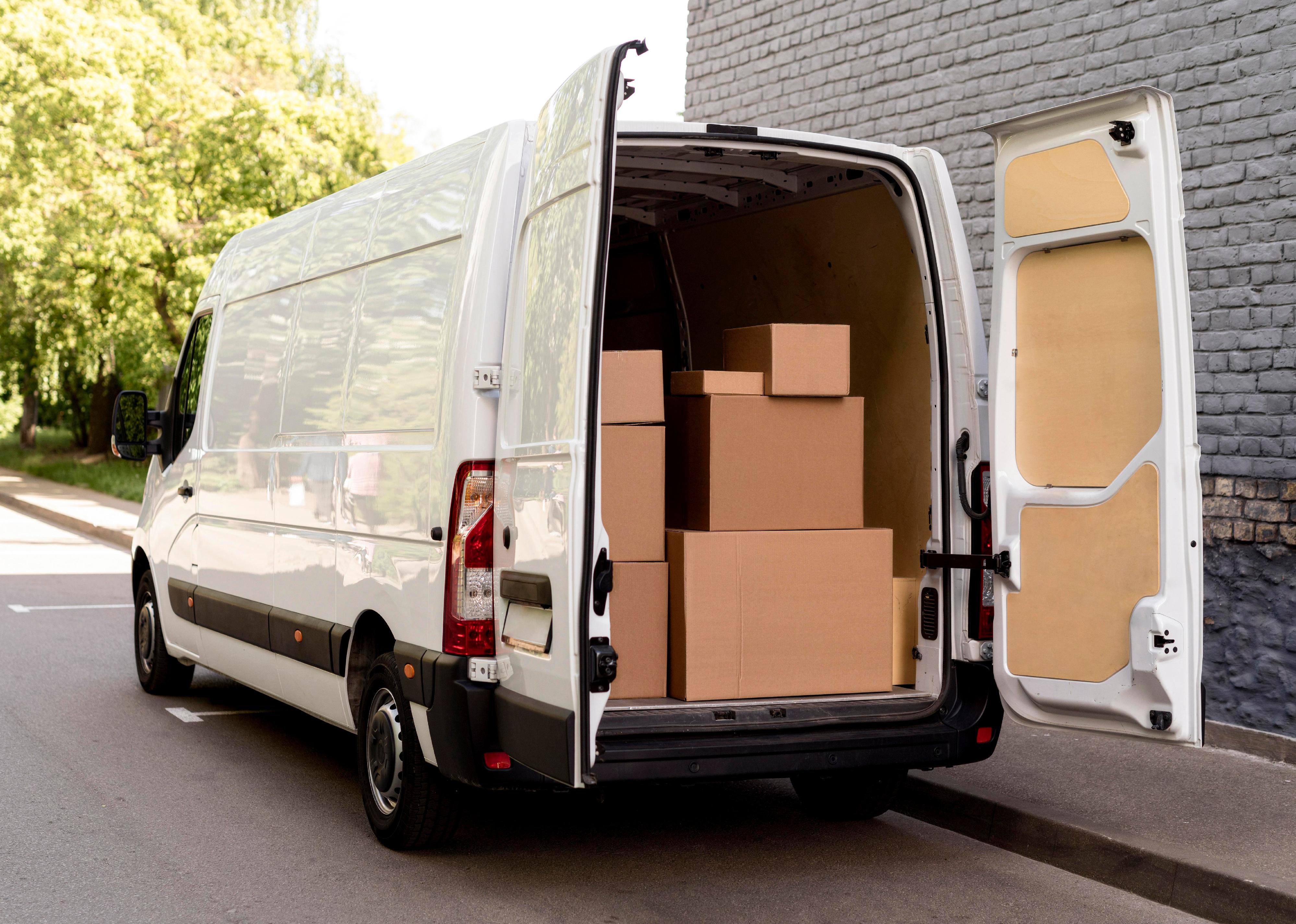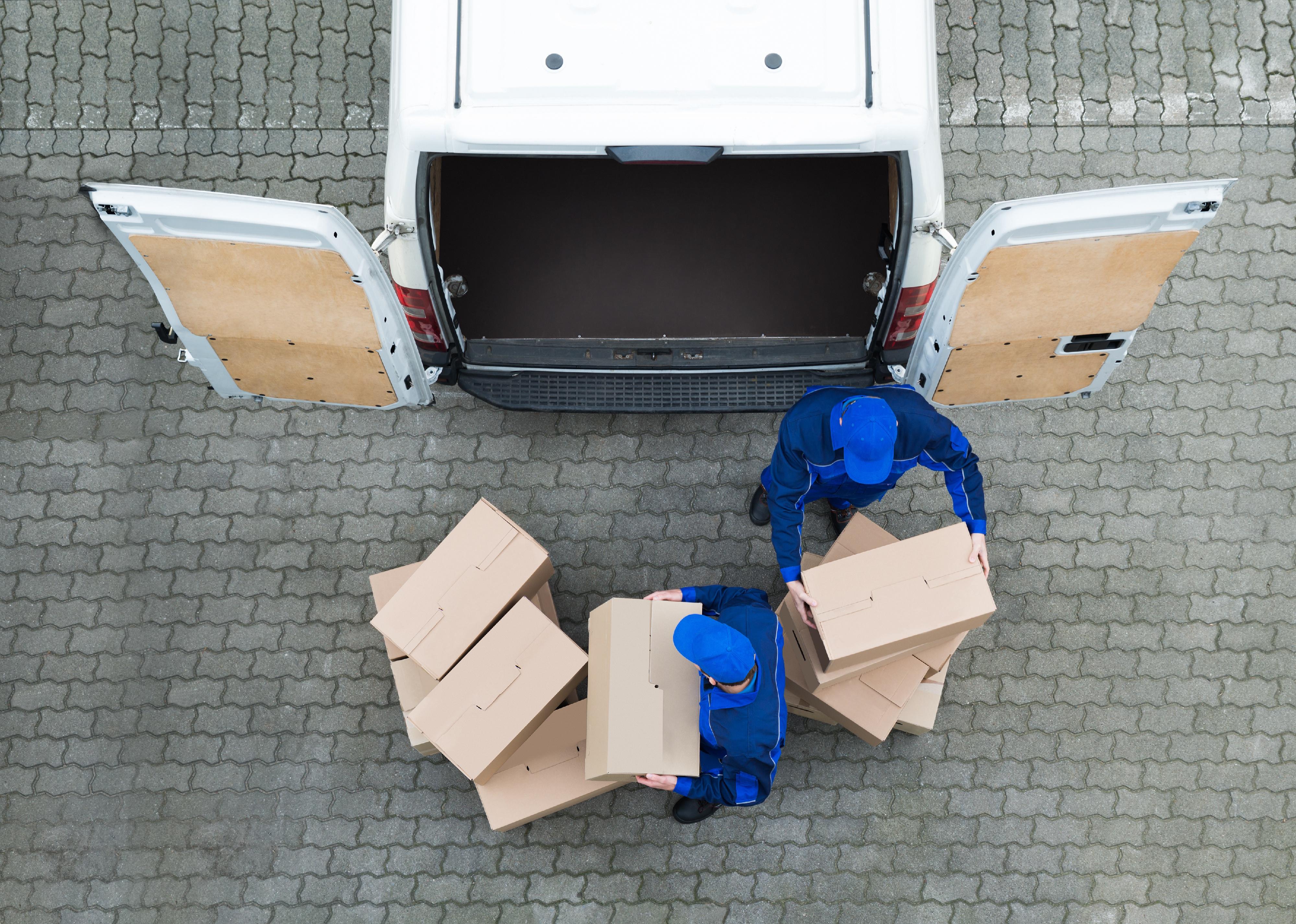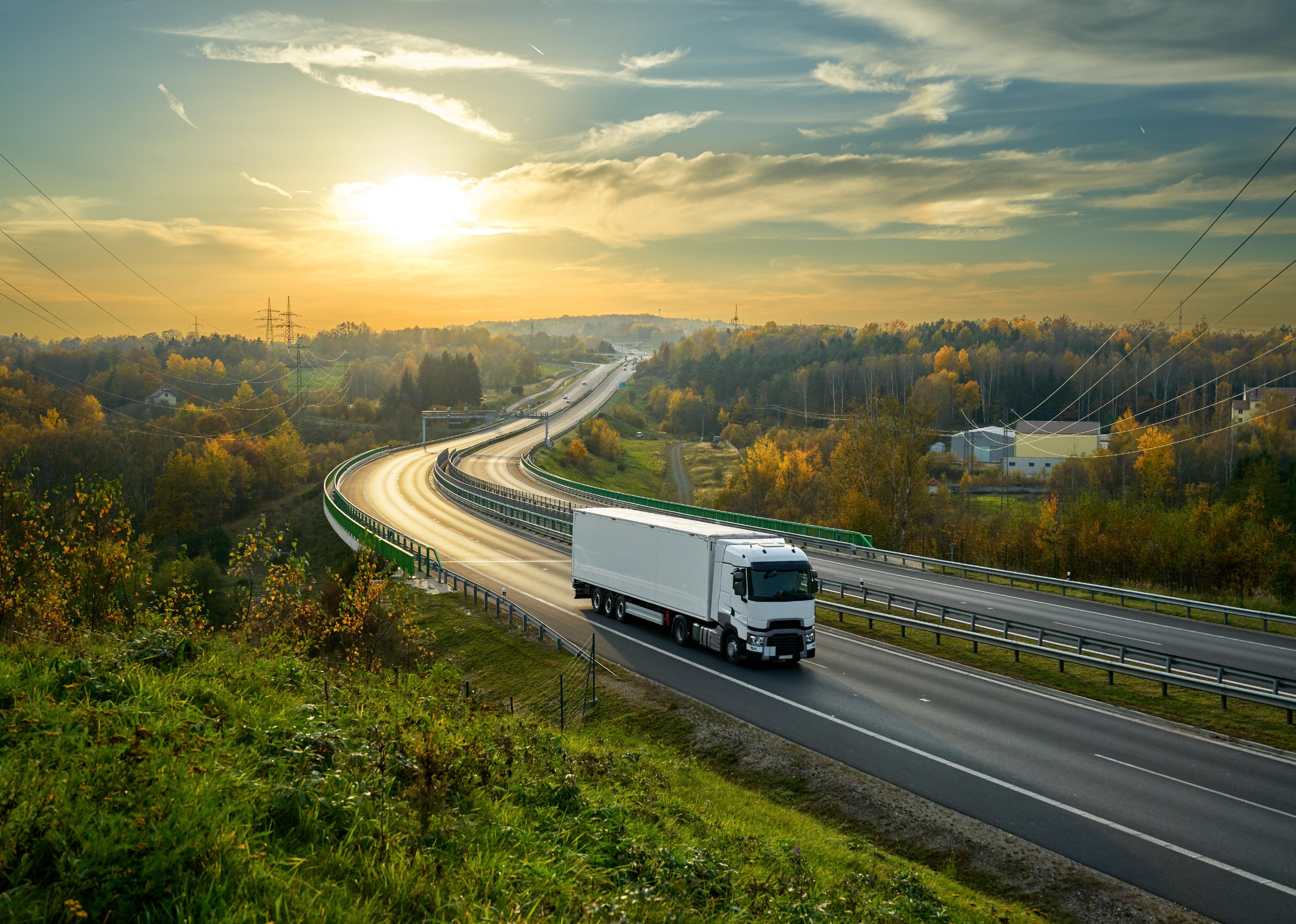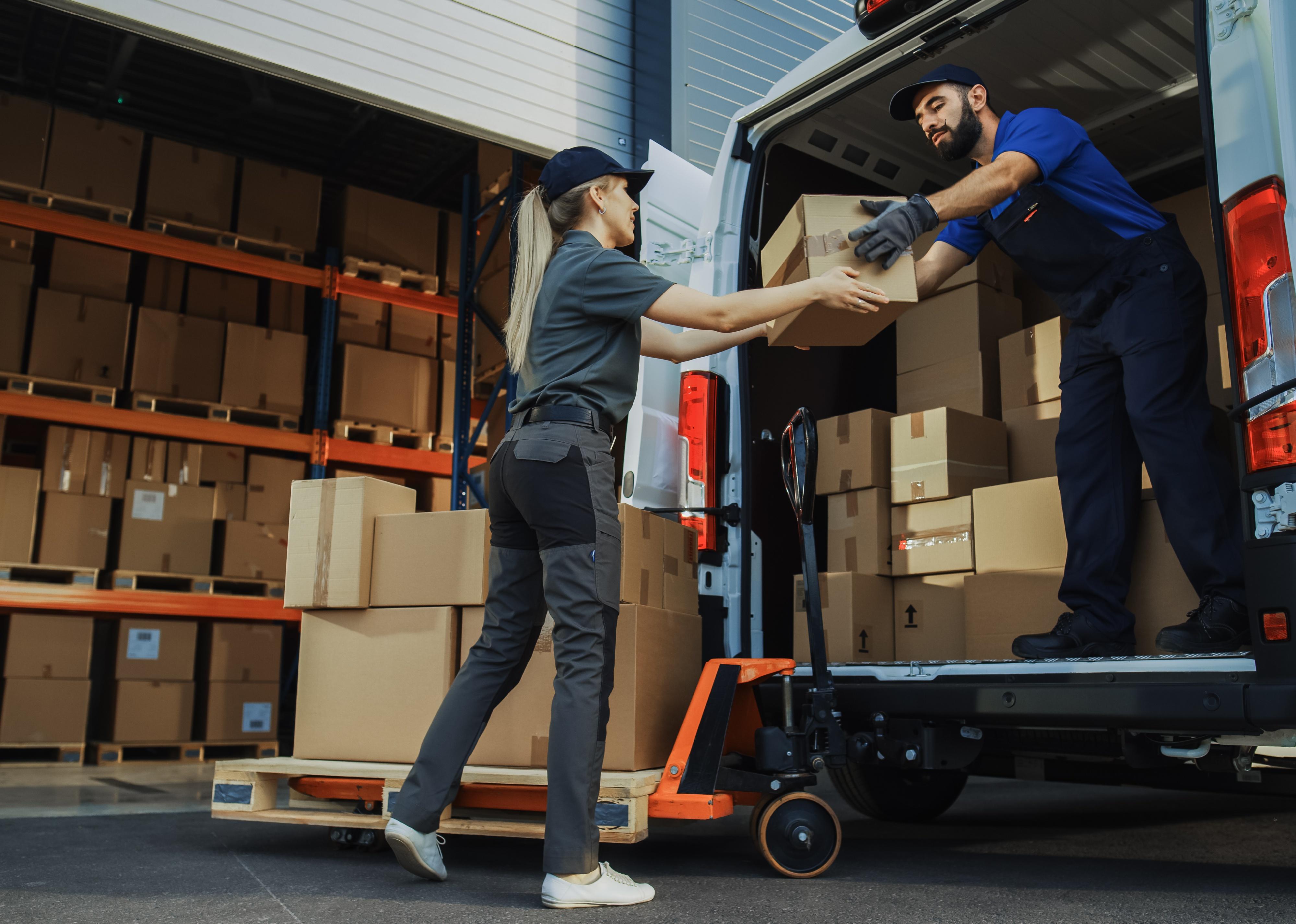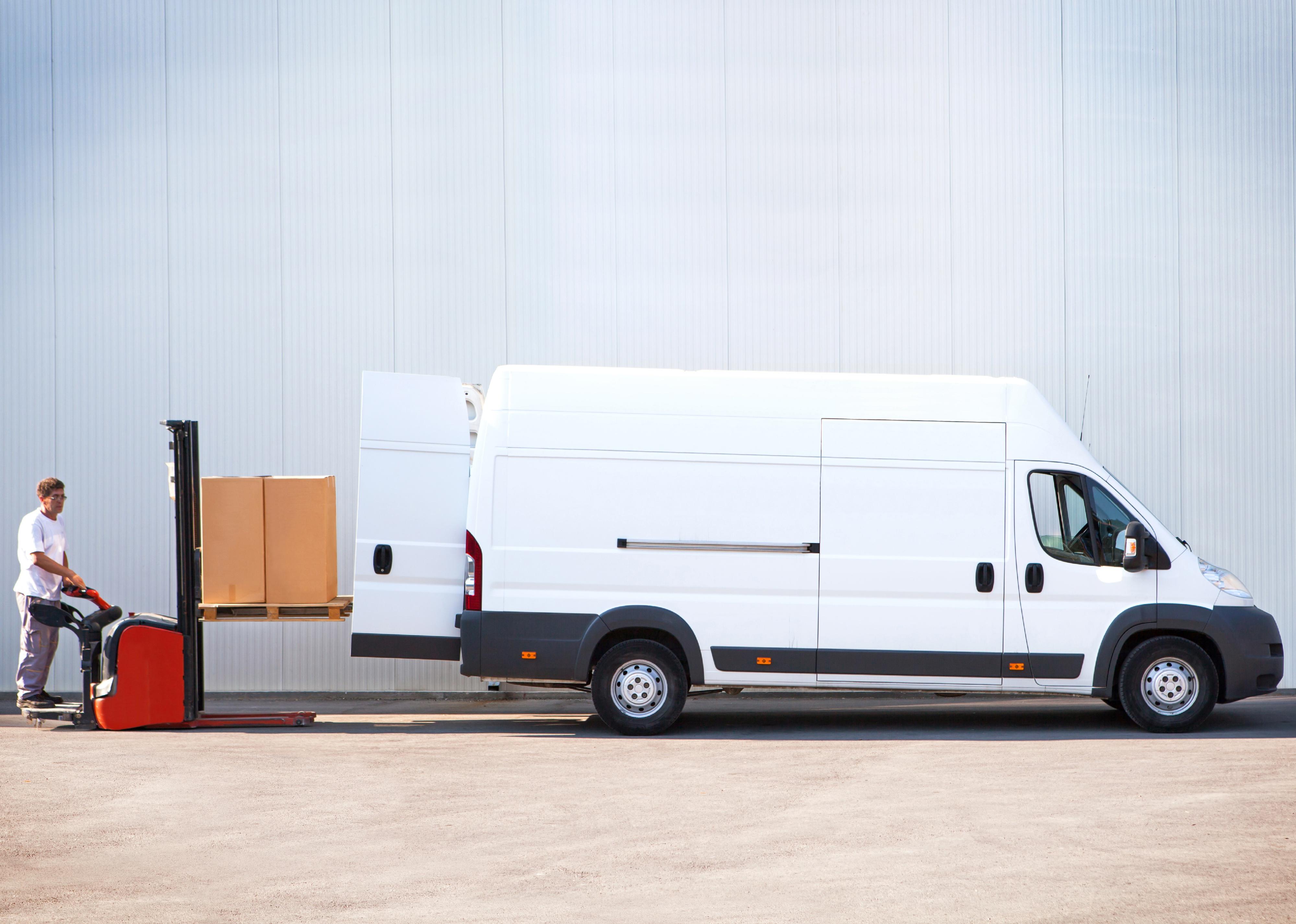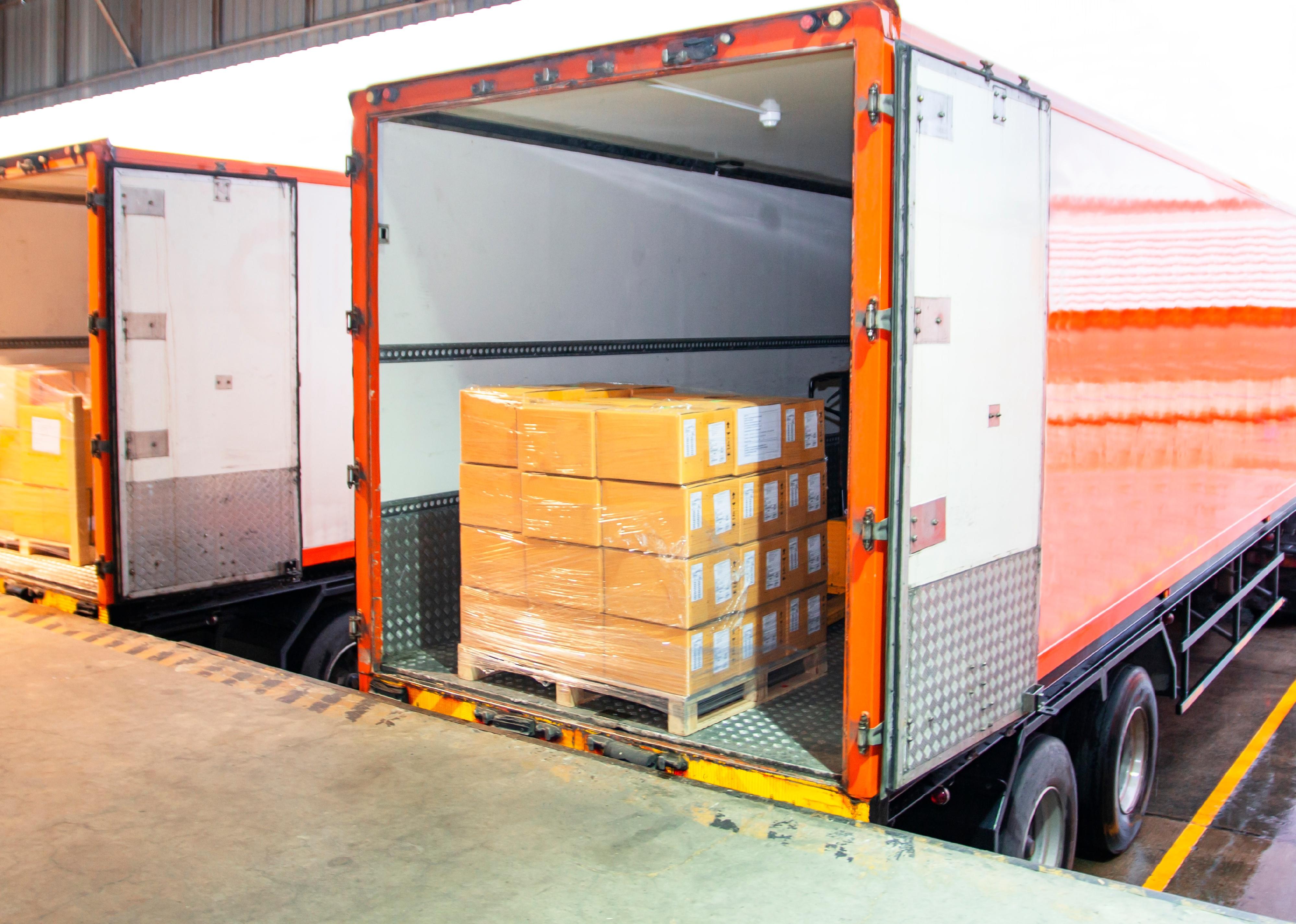5 ways optimizing delivery routes could help the environment
anushkaniroshan // Shutterstock
5 ways optimizing delivery routes could help the environment
White van with its back doors open, showing the back full of cardboard boxes.
As e-commerce booms, more products are shipped around the world. Global e-commerce sales ballooned from $1.34 trillion in 2014 to more than $3.35 trillion in 2019, according to the International Trade Administration. And that was before the COVID-19 pandemic online shopping surge hit, which drove unprecedented e-commerce growth: In a span of just three months, online shopping grew at the same pace as the previous 10 years. Pandemic-related shifts in consumerism have since driven global e-commerce above $5.4 trillion as of 2022, with projections expecting the worldwide market to reach $6.39 trillion by 2024.
Unfortunately, this new landscape of delivery has contributed to a near-unprecedented level of environmental pollutants. The transportation industry uses tonne-kilometers to measure the movement of 1,000 kilograms (about 2,205 pounds) of cargo over a distance of one kilometer (about .62 miles). In 2020, almost 140 billion tonne-kilometers of cargo were transported worldwide—26.8 billion via roadways—resulting in more than 3 billion cumulative tons of carbon dioxide emissions.
Transporting shipments by road may offer significant opportunities for sustainable transformation. Options range from the simple and intuitive—such as coordinated delivery timing or sharing warehouse and vehicle spaces—to the technologically innovative, like autonomous vehicles, deploying drones, or sending out delivery robots.
Using government sources, sustainability reports, and industry publications, Routific compiled a list of five ways optimized delivery routes can help the environment. Read on to learn how changes can be made along the supply chain to reduce the global footprint of the expanding e-commerce industry.
![]()
Andrey_Popov // Shutterstock
Avoiding unbalanced route lengths—and empty vehicles
Aerial shot of delivery men unloading cardboard boxes from truck on street.
The transportation sector is responsible for 16.2% of all greenhouse gas emissions across all industries. Within that sector, road freight vehicles account for 40% of all transportation-related GHG emissions, which translates to 4-5% of all global CO2 emissions. Many freight vehicles take routes that are not optimized for efficiency—traveling long distances with comparatively little cargo or even none at all—thus squandering fuel.
There are a variety of ways to balance out routes to make them more carbon-efficient. Some companies are exploring opportunities to establish collection points to allow for a single route to result in a high-yield delivery. Others are seeking collaboration between companies to co-load and share vehicle space, thereby maximizing a vehicle’s capacity and avoiding low or empty journeys.
Additionally, narrow delivery windows of only a few hours can also result in a route with a light load. They often force vehicles to depart at a certain time, even if there are only a few packages in tow. Widening delivery windows can allow freight vehicles to carry out more deliveries while expending less fuel.
Milos Muller // Shutterstock
Prevent idling in traffic
White truck driving on the highway winding through forested landscape.
Every year, the average freight truck spends around 1,000 hours idling. All told, this results in burning millions of gallons of diesel needlessly. Though much of this latent time occurs when drivers take necessary breaks to sleep or eat, a great deal happens when vehicles are stuck motionless in traffic.
To avoid this and reduce the amount of wasted fuel, drivers could rely on real-time GPS systems, which can alert them to heavily congested areas and reroute them along speedier roads. Employing night-time deliveries could also reduce freight traffic by 15%.
When spending time in traffic is simply unavoidable. But there are also a variety of idle reduction technologies designed to balance the internal engine heating and cooling that otherwise result in engines burning more fuel than necessary. These include energy-efficient HVAC systems and solar panel systems. In addition, automatic engine start-stop systems are already available in most new passenger vehicles and have demonstrated emissions reduction.
Gorodenkoff // Shutterstock
More deliveries per route
Two workers load a delivery van with boxes.
Optimizing the number of deliveries that can be made on a single route can save fuel and maximize energy efficiency. By encouraging companies to combine warehouses and loading facilities, they can better fill up a space’s capacity, ensuring more goods and resources are ready for loading and delivery. Businesses can also use work-sharing delivery vehicles to ensure a single route meets its full potential capacity of goods delivered per route.
Another strategy could be consolidating deliveries to a few key areas, thereby reducing delivery emissions by as much as 30%. Package pickup lockers, like those used by Amazon, and shops that accept packages for multiple recipients could reduce congestion by up to 18%.
BigBlueStudio // Shutterstock
Optimizing last-mile delivery
Side view of a courier loading a van with parcels.
“Last-mile” or “final mile” delivery refers to the final leg of a product’s journey when transported from the delivery vehicle to the consumer’s front door. This delivery aspect often results in the most environmentally damaging practices, as consumers increasingly demand near-instant deliveries. Speedy deliveries put pressure on companies to prioritize speediness over fuel efficiency and can mean sending out a driver with a light load simply to meet a deadline.
Last-mile delivery is expected to account for a 36% increase in delivery vehicles in the world’s 100 largest cities by 2030, resulting in delivery emissions rising by almost one-third. One researcher from the Hellenic Institute of Transport in Greece found that 20-30% of a city’s overall CO2 emissions are already the direct result of last-mile deliveries.
Unlike a large cargo truck transporting many tons of goods to one location like a warehouse, last-mile deliveries require fleets of smaller trucks to hand-deliver each product to someone’s doorstep, adding up to many cumulative miles over individual trips. However, while final-mile deliveries present the most significant environmental damage during the product shipping process, they also pose the largest opportunity for sustainable improvement.
Stockpiling products to have them ready for last-minute orders or investing in carbon offsets (i.e., planting trees or installing solar panels to ‘gain back’ the CO2 emitted) can balance out negative impacts while still keeping consumers satisfied with delivery times.
Finally, customers shouldn’t be underestimated. MIT researchers found that showing trees to buyers helped them visualize the carbon footprint of their purchases, motivating them to opt for less-urgent delivery times. Using a similar technique at checkout could possibly help companies reduce their last-mile emissions by 25%.
Siwakorn1933 // Shutterstock
Launching supply chain technology
Stacked package boxes on pallet inside a truck.
There are a variety of developing technologies that can make packaging, shipping, and delivery more sustainable overall. Within warehouses and loading docks, digital freight matching services can optimize delivery by matching vehicles with the most efficient shipment load and route for their fuel capacity.
Once parcels hit the road, carbon-saving transport systems can be invaluable in reducing emissions. Electric vehicles with intelligent transport systems can alert manual drivers or self-driving vehicles to adapt their routes in order to save fuel. For more automated modes of transportation, some companies are looking into delivery drones and even robots. And some companies are taking a two-wheeled approach, as a single e-cargo courier bike alone could save 101,000 kilograms of CO2 per year compared to a delivery vehicle.
This story originally appeared on Routific and was produced and
distributed in partnership with Stacker Studio.
